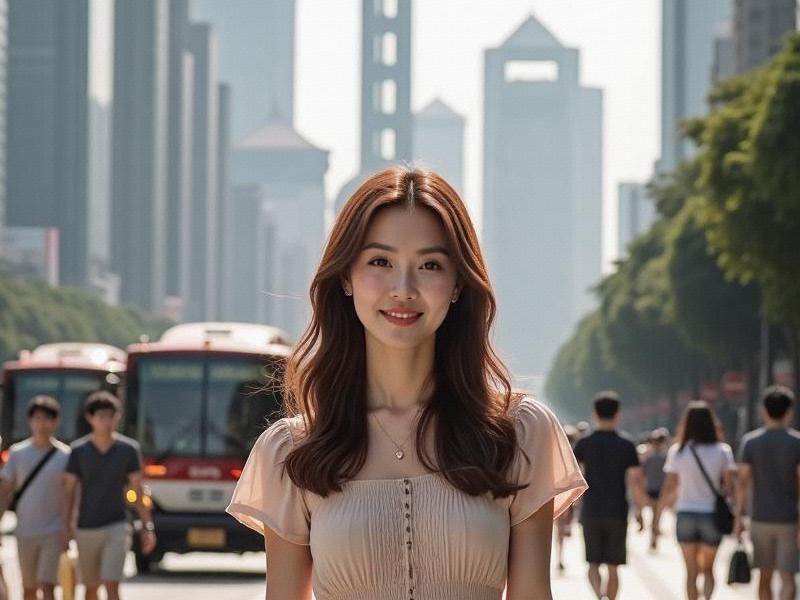This 2,300-word feature explores Shanghai's thriving cultural landscape, from its museum construction boom to the revival of traditional shikumen neighborhoods as creative hubs, examining how the city balances heritage preservation with avant-garde expression.

Shanghai's Cultural Renaissance: How the City is Reinventing Its Artistic Identity
The Huangpu River's banks tell competing stories of Shanghai's cultural evolution. On the west side, the restored colonial buildings of the Bund stand as monuments to the city's cosmopolitan past. Directly across the water, the gleaming towers of Pudong's Lujiazui district point toward an ultramodern future. Between these two visual anchors, a cultural renaissance is transforming China's most populous city into what the UNESCO Creative Cities Network recently designated as its newest "City of Design."
Museum Boom and Architectural Innovation
Shanghai is currently experiencing what urban planners call "the great museum acceleration," with twelve major cultural institutions opening between 2023-2025. The most anticipated is the Shanghai Planetarium annex, designed by French architect Jean Nouvel, which will become the world's largest astronomy museum when it opens this September.
"This isn't just about building museums—it's about creating cultural infrastructure," explains Dr. Ming Zhao, director of Shanghai Urban Planning Research Institute. "Each new institution serves as an anchor for surrounding creative industries."
The statistics support this vision:
上海神女论坛 - 68% increase in cultural tourism since 2022
- 140% growth in gallery spaces since 2020
- 42 contemporary art spaces opened in West Bund alone
Creative Neighborhoods and Heritage Preservation
The municipal government's "Micro-Renewal" initiative has transformed historic shikumen (stone-gate) alleyway complexes into hybrid spaces preserving architectural heritage while supporting modern creative enterprises. The latest project in Hongkou District converted 37 traditional residences into:
- 12 boutique design studios
- 8 artisan workshops
- 5 micro-theaters
夜上海419论坛 - 4 specialty bookstores
- 8 curated dining spaces
"This isn't gentrification—it's cultural reactivation," asserts Li Wei, founder of Shikumen Creative collective. "We're maintaining the soul of these spaces while giving them sustainable economic purpose."
Performing Arts and Nighttime Economy
The Shanghai Grand Theater's 2024 season broke box office records with 93% average attendance, while experimental venues like the Power Station of Art's Black Box Theater have become incubators for cutting-edge performances. The city's nighttime cultural economy now accounts for 18% of all leisure spending, driven by:
- 24-hour concept bookstores
- Late-night gallery openings
上海龙凤419官网 - Riverside music festivals
- "Dark kitchen" culinary events
Challenges and the Road Ahead
Shanghai's cultural ambitions face significant hurdles:
- Rising rents threatening independent artists
- Need for more international curatorial talent
- Balancing commercial success with artistic integrity
- Preserving intangible cultural heritage
As Shanghai prepares to celebrate the 100th anniversary of its modern art movement in 2026, its cultural transformation offers a model for global cities seeking to harness creativity as an engine of urban renewal. The Shanghai Effect—this unique alchemy of historical preservation and bold innovation—may well define 21st century city-making.